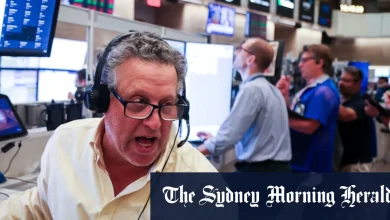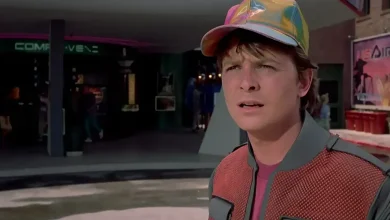Inflation jump wipes out chances of rate cut – and puts rate hike back on the table

EY chief economist Cherelle Murphy said there was no chance the Reserve Bank will cut interest rates at its last meeting of the year on December 8-9.
Loading
“A rate hike may even be considered given the next board meeting is not until February,” she said.
“If the re-acceleration in inflation is sustained over coming months – recognising that the monthly number may be exhibiting some volatility – interest rate hikes are more likely than cuts in 2026.”
Deloitte Access Economics partner Stephen Smith said the Reserve Bank was now in an “unenviable position” of trying to support the economy and bring inflation down.
“That tricky balancing act is a central banker’s nightmare,” he said.
Chalmers acknowledged the annual number was higher than he wanted but that it was partly driven by temporary factors such as the ending of state energy rebates.
While Chalmers said electricity rebates – including Commonwealth energy bill relief that winds up at the end of the year – were an important way to help Australians with cost-of-living pressures, he dampened expectations that they will be extended into 2026.
Pressed on the mid-year budget update, which will be released early next month, Chalmers said it would not be a “mini budget” but conceded there would be some spending cuts.
“There will be some savings in the mid-year budget update. But the main game is May,” he said.
After a $10 billion deficit last financial year, the 2025-26 budget was forecast in March to show a deficit of $42.1 billion.
Shadow treasurer Ted O’Brien described the 3.8 per cent rate as extraordinary, saying it would hit the nation’s army of mortgage holders.
“With just 29 days until Christmas, this is the worst possible news for struggling mortgage holders who can now kiss goodbye to any rate cut – any rate cut at all,” he said.
The Reserve Bank has warned the pace at which the economy can grow without adding to inflation pressures has fallen due to a sharp slowdown in productivity. It was a key discussion point at the August three-day economic roundtable that was chaired by the treasurer.
Chalmers said he would meet state and territory treasurers on Friday to discuss federation reform and the federal government’s national competition policy agenda.
Loading
Separate data from the bureau suggests the economy is becoming more dependent on the private sector after years surviving on government spending.
Private residential construction work lifted by 4 per cent in the September quarter while non-residential projects increased by 6.6 per cent.
While overall public sector work fell by 0.7 per cent, largely due to the winding up of some large state-based infrastructure works, public residential work jumped another 17.9 per cent to be 46.1 per cent over the past 12 months.
Cut through the noise of federal politics with news, views and expert analysis. Subscribers can sign up to our weekly Inside Politics newsletter.





